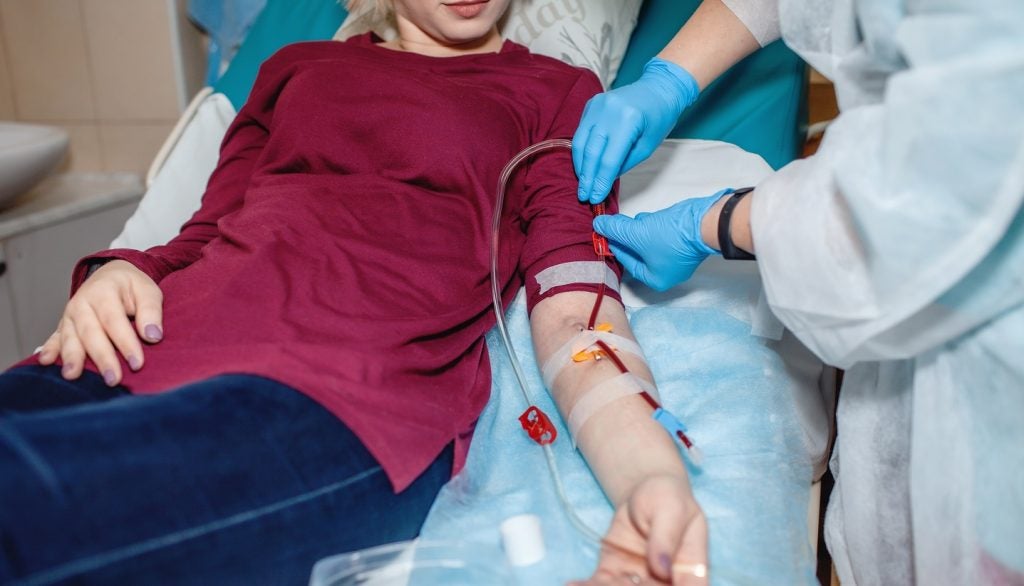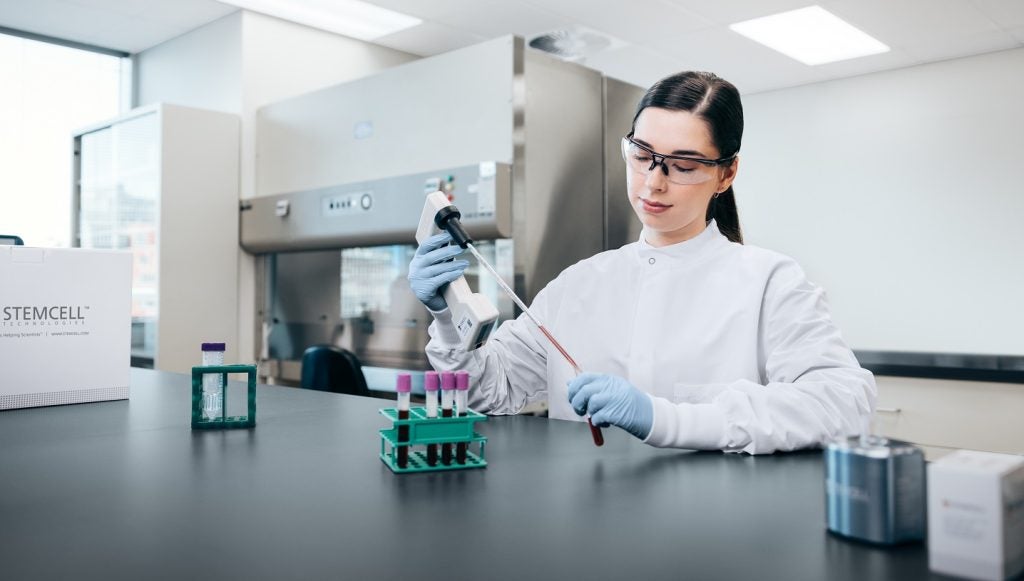
Rising healthcare costs, new technological advances and an increasing number of elderly patients will drive the need for home healthcare in years to come. As a result, the equipment market in the UK has seen its value rise – and this is expected to grow as home healthcare comes down in its cost to the end user. GlobalData says that in 2008 the home healthcare equipment market was valued at $2.1bn, forecast to reach $3.8bn in 2015.
The need to control increasing healthcare costs will continue to drive the UK home healthcare equipment market in the future and with the UK National Health Service (NHS) indicating a reduction in its overall budget, home healthcare is now more sought after than ever before. In the current scenario there is a major need for cost-effective devices that can be administered by the patient or that require minimal assistance.
The argument for home healthcare goes further than cost. It also boosts the individual’s dignity, independence and quality of life. Supplemental care by family and friends is therefore also playing a large part in the industry’s growth.
That said, a lack of reimbursement for advanced technologies and a high number of product recalls still hold the industry back from achieving all it can in a time of need.
The cost of hospital care
Overall, healthcare spending in the UK increased from $100bn in 1998 to about $220bn in 2008. As a percentage of gross domestic product (GDP) it has increased from 6.95% in 1998 to 9.2% in 2008. However, growth in healthcare expenditure is expected to decline in the future due to budgetary concerns following the global recession, as positive demographics and increasing patient awareness put more pressure on the health system.
How well do you really know your competitors?
Access the most comprehensive Company Profiles on the market, powered by GlobalData. Save hours of research. Gain competitive edge.

Thank you!
Your download email will arrive shortly
Not ready to buy yet? Download a free sample
We are confident about the unique quality of our Company Profiles. However, we want you to make the most beneficial decision for your business, so we offer a free sample that you can download by submitting the below form
By GlobalDataHospitalisation costs account for about 70% of overall health expenditure. This is where healthcare in the home setting offers a solution. Hospital care costs, physician and clinical services costs and administrative expenses can be saved using the home as the healthcare setting.
The NHS has been historically slow in providing reimbursement for advanced technologies due to lack of available funds. It is expected to force budgetary cuts for healthcare services from 2011 onwards, which will negatively impact the adoption of new technology and advanced medical devices in the hospital arena.
In the past two to three years, safety concerns regarding the use of home healthcare equipment – such as infusion systems and continuous positive airway pressure (CPAP) devices – held home healthcare back. Baxter International, Cardinal Health and Hospira had to recall their infusion systems which led to negative publicity. ResMed, one of the leading suppliers, recalled its CPAP devices voluntarily in 2007 because of wiring problems. These events are still having an impact on the home healthcare equipment market.
Technological advancements such as telehealth have, however, been driving the home healthcare equipment market forward. Telehealth allows healthcare professionals to monitor patients in their homes, allowing healthcare professionals to check patients’ conditions remotely and avoid expensive emergency hospitalisations. Using telehealth, the physician can interpret patient data and plan treatment accordingly well in advance. This helps in the reduction of hospitalisation and nursing costs, which constitute a large percentage of the overall healthcare expense.
Technological advances in diabetes, respiratory, drug delivery and hearing aid devices have been made with the view that a good percentage of these products cater to the home healthcare equipment market.
Some important criteria that are incorporated into the new devices are:
- cost effectiveness
- ease of use by the patient, family members and friends
- minimum assistance of the healthcare professionals regarding the equipment usage
- meeting the patient’s health demands
- devices that enhance mobility of the patient.
The growing case for home care
The home healthcare equipment market includes glucose monitoring devices, insulin delivery systems, self testing in vitro devices (IVD) devices, hearing aids, peritoneal dialysis solutions, inhalation systems, infusion systems, nebulisers, positive airway pressure devices and oxygen concentrators.
In the UK, these equipment markets are growing as the nation struggles to keep its medical costs down in a time of increasing demand.
There are a number of patients in the UK suffering diseases that could be catered for with home care. About 2 million individuals in the UK are diabetic – the NHS spends 5% of its budget or about $16m a day for treating diabetes and its related complications. The spending on this condition is expected to increase to 10% by 2011.
Diabetes can be controlled through regular monitoring of the glucose levels by the individuals themselves. Self monitoring of blood glucose levels by the patient is a trend that is expected to grow in the future.
It is also estimated that about 3.5% of men and 1.5% of women have obstructive sleep apnea (OSA). OSA is a chronic condition and requires ongoing care of the patient. Positive airway pressure devices are increasingly being used in home healthcare settings to treat OSA. The device not only improves the sleeping conditions of the patient but also leads to a better quality of life.
Glucose monitoring systems and positive airway pressure devices grew above the average market growth rate in the last eight years and a similar trend is forecast for the next seven years in the UK market.
The infusion systems and insulin delivery systems market segments are also forecast to grow for the next seven years. Insulin delivery systems – insulin jet injectors, insulin pens, insulin pumps and insulin syringes market segments – are now at the forefront of diabetes care and with glucose monitoring, offer better in-home care for diabetes sufferers.
Infusion systems deliver medication and fluids into a patient’s circulatory system, taking away the need for medical professionals to interject in the administration of drugs. This makes a good case for infusion systems as an ideal and cost controlling device in home healthcare settings. Infusion systems have been continuously evolving from a simple micro processor driven device to software controlled sophisticated drug libraries.
Improvements have been made with respect to standardising the concentrations and delivery limits. One of the advanced features available with existing infusion systems is the integration of the infusion system with the hospital’s IT platform to share information.
Demand for oxygen concentrators is also forecast to grow in the next seven years as patients further realise the improved quality of life such devices can offer to treat hypoxemia, reduce functional disability and provide oxygen to the patients when required. In addition, there are devices that tie into the service area. Peritoneal dialysis treatment for patients suffering from chronic kidney disease has been gaining increased acceptance as an area of care that can be done in the home.
In the UK, about 12% of the end stage renal disease (ESRD) population is reliant on peritoneal dialysis and patients sometimes have to travel long distances to reach dialysis machines that remove water and toxins, provide alkali to maintain acid-base balance and normalise the blood electrolyte profile.
In recent years, however, the focus of care for these patients has shifted from technical survival and refinement of therapy to biocompatibility and improvisation of local peritoneal and systemic consequences of peritoneal dialysis. Professional monitoring is, however, still essential for patients using peritoneal dialysis solution in home care settings hence, the market for peritoneal dialysis solutions is forecast to grow above the average market growth rate for the next seven years after growing below it historically.
Innovation driving home care
As mentioned, technology has also helped drive the home health market. Traditionally, oral and intravenous methods have been the most preferred way of drug delivery. However, in the last ten years, alternative routes such as nasal and pulmonary drug delivery have been gaining wider acceptance.
The non-invasive nature of nasal and pulmonary drug delivery is expanding the use of inhalation systems. The use of these in home healthcare is expected to increase in future because of the extension of the devices to pharmaceuticals which encompass a wide spectrum of compounds and formulations. Improvements in formulations of drugs and the efficacy and safety in administering them using the drug delivery devices is leading to increased adoption of the drug delivery devices. The market for such systems is expected to grow over at least the next eight years.
This prediction is the same for self-testing IVDs. IVDs save costs across the entire healthcare spectrum providing early detection, leading to precise diagnosis, and in turn better treatment. The treatment itself is monitored using the self testing IVD devices. An important aspect of self testing is the confidentiality of the information which is highly desired by the patients. These cover a range of areas from cholesterol testing to drug abuse and HIV tests and pregnancy.
Other areas that have seen growth through innovation include the hearing aid device market, which has grown above the average market growth rate historically, but is forecast to grow a bit below due to the mature nature of the technology.
The nebuliser market is also expected to grow – in this market, devices have matured to be able to handle many drugs, meaning the device does not need to be considered in drug production.
Overall, the home device market is likely to enjoy positive growth over coming years resulting from budgetary hospital cuts and increasing demand. As safety concerns are erased with maturing technology, this market could enjoy even further growth in years ahead, when it is likely even more technologies treating more areas of care will enter the area.
The original report can be viewed at GlobalData.





